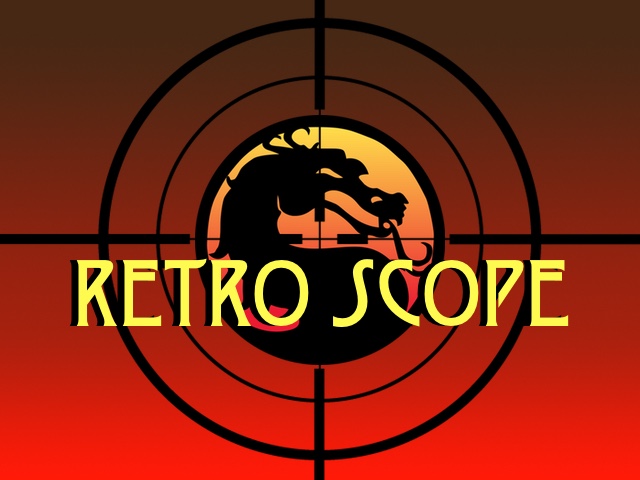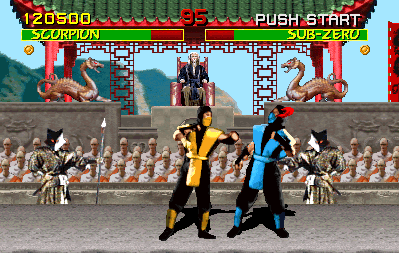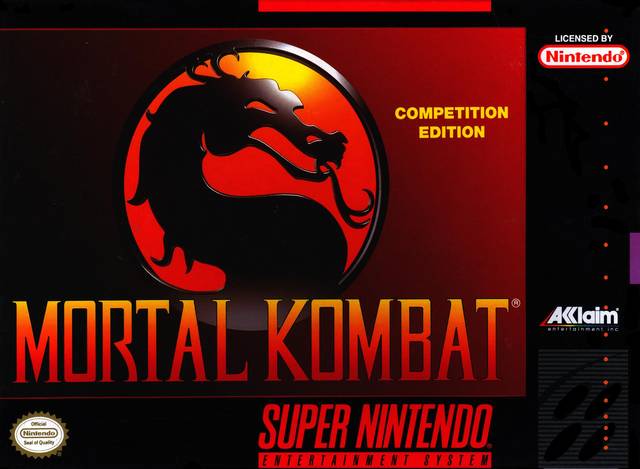
“Finish him!” is a household phrase amongst gamers these days, but back in 1992 when Mortal Kombat debuted in arcades, few could suspect how well-known those words would become. What was clearly evident about Midway’s new fighting game was that nothing quite like it had ever been released. Mortal Kombat was created by four developers: Ed Boon, John Tobias, John Vogel, and Dan Forden. Their orders from Midway were simple, yet challenging: make a fighting game to compete with Capcom’s Street Fighter II.
Despite the odds against them, they did exactly that, launching Mortal Kombat to much fanfare and praise. It wasn’t long before home conversions of the title were discussed. Midway partnered with Acclaim Entertainment to get the Sega Genesis, SNES, Game Boy, and Game Gear versions of Mortal Kombat all released on the same day—September 13, 1990, dubbed “Mortal Monday.” It was a huge, blockbuster launch that heretofore had never been seen. Fans flocked to pick up their version of choice of Mortal Kombat and rushed home to play.

Of all the iterations to hit stands, the Super Nintendo one is perhaps the most controversial. Fans couldn’t get enough of the buckets of blood splattered during matches, not to mention the gruesome “Fatalities”, which were finishing moves that all featured extremely violent decimations of an opponent. SNES led the Genesis in graphical horsepower, but despite looking very close to the arcade version of Mortal Kombat, Nintendo’s strict content policies meant that its port lacked that crucial element of gore.
Blood was out on SNES and many of the Fatalities were reworked or removed in order to keep the game as family friendly as possible. This was the version of the title that I got to play as a kid, and while I had fun with it, I knew something was missing. Many other fans noticed as well, and they instead chose to adopt the Genesis version, as it offered a special code that would unlock the grim mayhem that made the arcade original so endearing. It isn’t often that a technically inferior iteration of a game trumps its superior, but that was the case with Mortal Kombat on Genesis.

Whether bloody or not, the SNES Mortal Kombat still maintained the game’s signature fighting style. Players could choose between seven combatants, all of whom played very similarly to one another. Punches and kicks were largely the same between fighters, but once an opponent was launched into the air, players could then juggle them while defenseless and unleash flurries of combos. It was a huge part of the experience that helped to separate Mortal Kombat from other fighting games.
Fans are now accustomed to walking past rows of games with an “M” rating slapped on the cover, but back when Mortal Kombat was turning up in arcades and homes, a mature, gory video game was uncommon. The fervor amongst parents and even members of the government was unprecedented, resulting in debates in Congress as to whether or not software of Mortal Kombat‘s ilk should even be allowed in stores. Thankfully the First Amendment won out and rather than ban violent games, the ESRB was instead created to put ratings on titles to help inform and protect consumers.
Mortal Kombat continues to be a force within the industry, despite a rut of mediocre releases during the years of Nintendo 64 and GameCube. The series returned to its place as a premier fighting game franchise with the rebooted Mortal Kombat in 2011. The gameplay was made to much more closely resemble the first few titles’ mechanics from so many years ago, ultimately bringing the franchise full circle. It’s hard to believe that the series launched to unsuspecting arcade goers 25 years ago. A quarter century of bloodletting and shredded bodies is one heck of a legacy, but Mortal Kombat fans wouldn’t have it any other way.




 ShareThis
ShareThis





